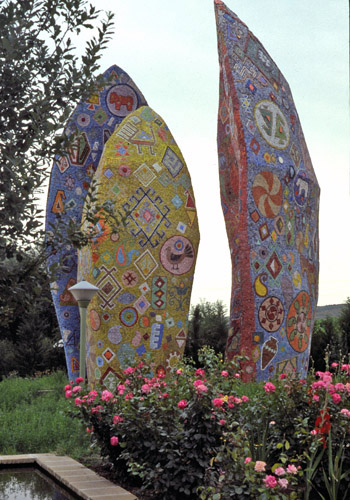![]()
I suggest that you use Blogger/Blogspot since I am very familiar with it, and then I will be able to more easily help you with customizing your blog, but you can use something else, such as WordPress, Weebly, Tumblr or whatever else is now available. The important thing to remember is that I expect you to maintain your blog as a professional historian's presence on the web. See unit 3 for some examples of blogs, and as you will see there are a lot of blogs in all kinds of subjects that you can find. In fact, I find several sports blogs that I follow very valuable. In unit 3, we will actually talk more about the diverse uses of blogs for the study of history.
You should use your blog
- to post answers to questions posed, as required, in the course units.
- to post reflective comments about the materials that you encounter in the course
- to post ideas and updates about the progress on your course project
Your blog should
- look good (This is your personal presence as a historian on the web. You should probably be constantly tinkering with your blog to make it look better and to also learn about how a blog is coded.)
- and have
- an "about the author" section
- a creative title
- links to important websites or blogs that you follow
- a blog archive
- an image
- a description/purpose of the blog
- social media links so that followers can follow you or link to your posts
You can post as much as you wish, but you must complete the required postings listed throughout the course schedule. As you use your blog, you will slowly get in the habit of using it more and more. Please remember that your posts are viewable by the general public and should reflect your work as a professional historian. By the end of the course, your blog should have numerous post and reflect your work in the course. It will also be a type of portfolio of your work in the course.
Please make sure that you enable comments/replies so that other students and myself can comment on your work.
So, why create a blog? One of the most important tools of a historian working in the fields of public history or historic preservation is the blog. While other social media allow for the quick dissemination of short information about upcoming events or meetings at a site or with an organization, it is only a blog that allows for the dissemination of lengthier, more detailed research information and other developing issues. It is important that a blog be well designed so that it appeals to the intended audience, and it is also important that all the information on the blog be sources and correct. By creating and working with their own blogs students gain important experience that will help them in the field. They will also learn how difficult it is to publish a blog with a continuing supply of new content material.
